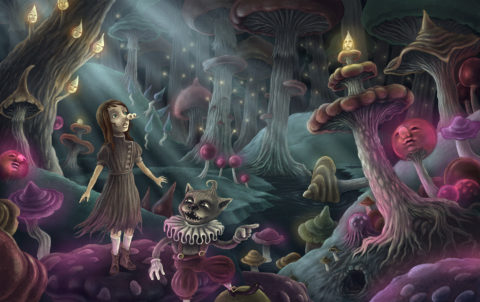Introduction
The starting point
A video brief isn’t just a form. It’s a starting point. A spark. A pact of trust between a brand and a creative team. When well‑constructed, it doesn’t restrict creativity — it guides it. It doesn’t try to say everything — it goes straight to the point. It sets a clear framework without ever closing the door to crazy ideas.
In this article, we’re not giving you a checklist. We’re offering you a way of thinking. A way to write a brief that sparks creativity.
The right brief
Start with context
A good brief always starts with a story. Why this project? Where does it come from? Where is it going? Whether it’s a standalone piece or part of a larger strategy, say so. What you share here will give meaning to what we’ll build together.
Set one objective (just one)
The classic trap: trying to do everything in one video. Inform, seduce, recruit, sell… Resist. Choose one clear, measurable objective, focused on your audience. That’s what will allow you tomorrow to say: yes, this film achieved its goal.
Describe your audience (really)
No, “the general public” is not a target. A good brief describes an audience concretely: age, profession, income, lifestyle, consumption habits. The more precise you are, the more the film can speak to them. And if you have insights or anecdotes? We take them.
Formulate the message
The key message is the heart of the brief. It’s not a slogan, it’s not a list. It’s what you want the audience to remember, feel, share. Why should this audience care about your film? If that question gives you pause, it’s a good sign. It’s demanding — and it’s what will make the difference.
Define deliverables
A brief isn’t just a concept. It’s a clear contract: what do you expect? A hero video? A series of social media variants? Vertical formats for Insta and TikTok? Say it now. It will be our compass.
Give a tempo
Creativity thrives under constraints. Give us a timeline, even approximate. Tell us if there are non‑negotiable milestones: campaign launch, internal event, committee approval. We’ll plan around them.
Talk budget (honestly)
This topic can be uncomfortable, yet… A declared budget doesn’t limit creativity. It channels it. If you provide a clear range, we can propose ideas that are aligned, feasible, effective. Otherwise, we’ll have to guess — and that’s rarely optimal.
Specify who approves
Who are the stakeholders? Who gives the go‑ahead at each stage? A simple approval list helps avoid many delays, misunderstandings, or last‑minute reworks. A brief is also about anticipating what comes next.
What a good brief is not
A good brief is not:
-
a litany of contradictory objectives,
-
a vague portrait of a vaguely defined audience,
-
a stream of generic buzzwords.
Conclusion
In summary
A good brief isn’t just another document. It’s what turns a simple project into an opportunity. It gives teams both the desire (and the means) to create with purpose.
And you’ll see: well written, it inspires as much as it frames.


